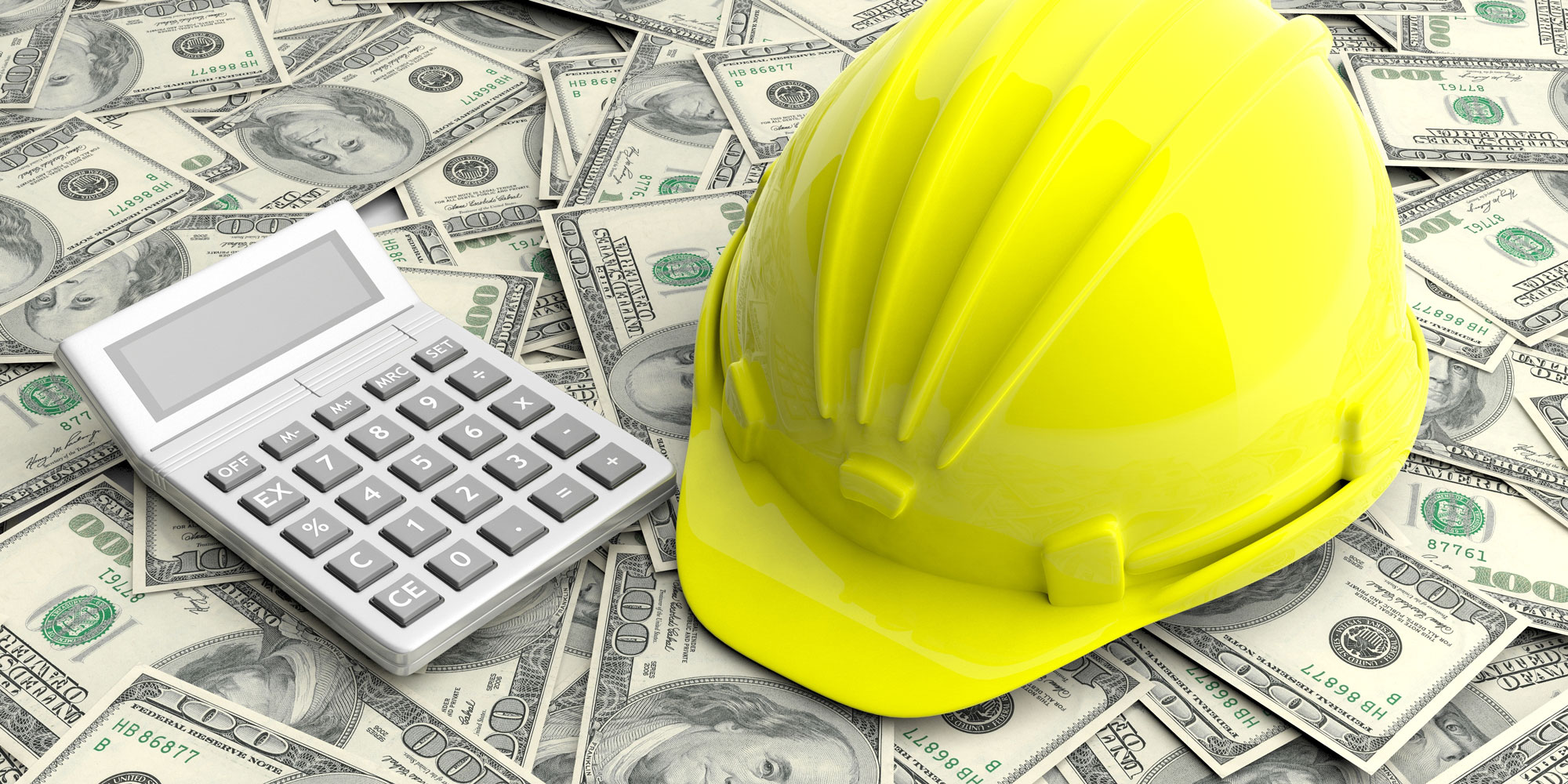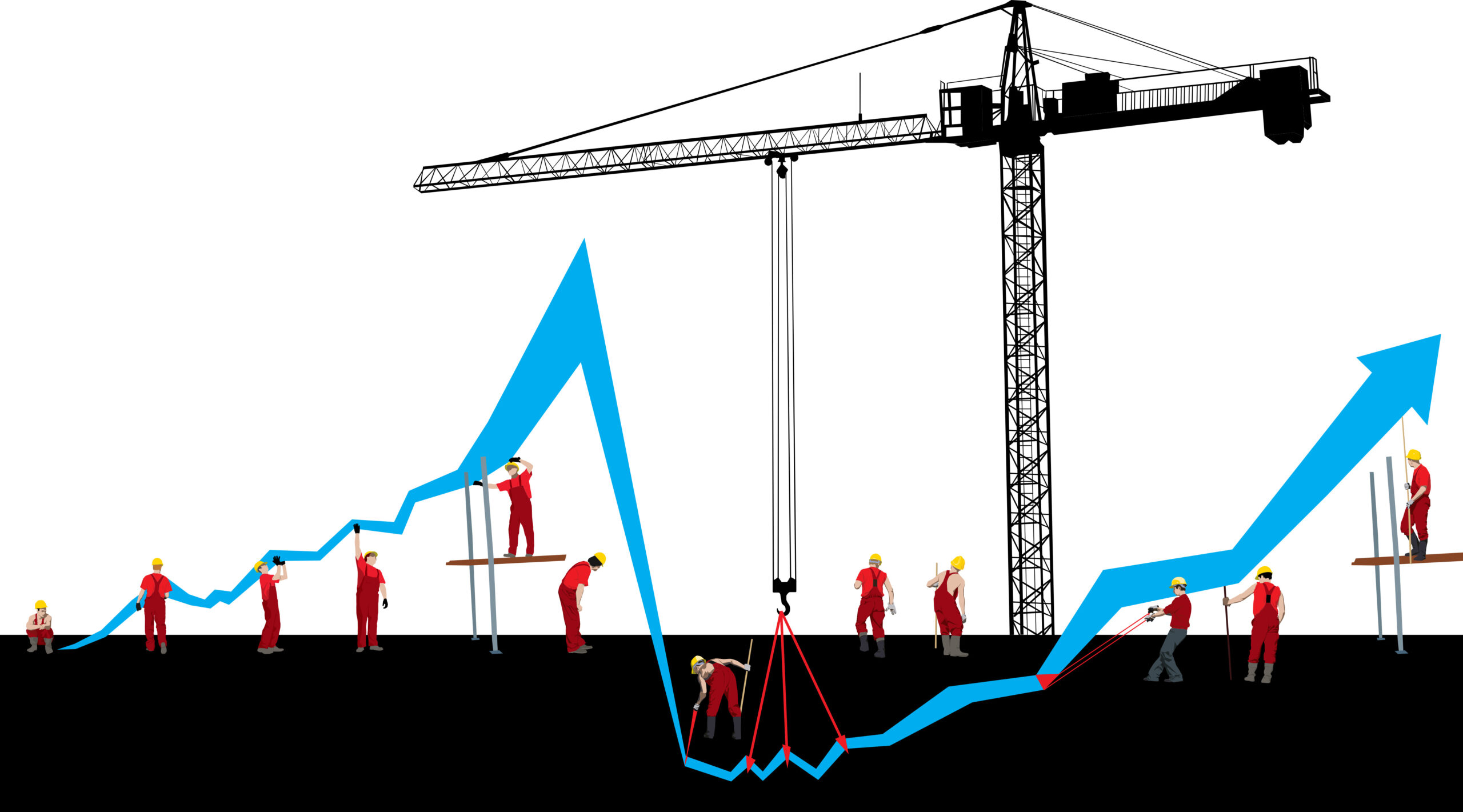Blog
Rising Construction Costs — What Contractors Are Doing to Survive
Bought a two-by-four lately? How about a sheet of plywood? Since the start of the pandemic, lumber prices are up 280%, hitting an all-time high in early May. With futures for 2x4s jumping from $63 to $1,481 per thousand board feet, we are likely to see new pricing records set as spring turns into summer. What’s going on with the market, how does the volatility impact contractors, and what can they do to survive until things settle down a bit?
Supply and Demand
Earlier this year, the Association of General Contractors (ACG) went so far as to issue a Construction Inflation Alert to inform the industry and the public about extreme cost increases and supply chain interruptions. Lumber prices have climbed due to simple economics: supply and demand. In this case, a marked lack of supply and a double whammy of demand.
Like most other industries, sawmills shut down early in the pandemic. Meanwhile, quarantined homeowners began planning do-it-yourself home projects. Home Depot and Lowes stock shares rose 80% and 120% respectively during the pandemic. Then came record-low mortgage rates that fueled home building. In March 2021, new housing starts jumped 37% above the March 2020 rate.
Lumber isn’t the only commodity affected — virtually all construction material pricing is on the rise. Drywall costs are up 7%, steel up 18%, copper up 27%, and diesel fuel is up 35%.
Other, non-pandemic related factors also contribute to stagnant supplies and overheated pricing. An earthquake and fire at a Japanese semiconductor factory squeezed the supply of chips used in automobile production, which resulted in fewer chips available for construction vehicles. The Suez Canal blockage disrupted the supply chain of products coming from Europe and Asia to the US. Tariffs and quotas put in place pre-pandemic are also affecting costs and delivery times of construction materials — to name just a few.
Contractors Feel the Squeeze
Contractors have been particularly hard hit, both by the pandemic-mandated work shutdowns and by the sky-high material costs that followed. Many owners have scaled back or delayed projects in a wait and see approach — which, given the escalating material costs, could actually be a blessing in disguise to some fixed-price bidders.
If a contractor or subcontractor submitted a fixed-price bid in March 2020 based on material costs at that time but did not buy the materials until a year later—a common occurrence—its cost for the materials would have risen an average of more than 12%. (For comparison, costs typically rise between 3.5 and 5.5% per year.) Given that materials often represent half or more of the cost of a contract, such an increase could easily wipe out the profit from a project and might even put some contractors out of business.
How Contractors are Responding
Contractors are taking various approaches to keep work going amidst the challenges. Some are resequencing projects to use the materials and equipment they already have. Others are leveraging technology to stay ahead of supply chain challenges and gain better visibility into costs. It’s an opportune time for contractors to invest in technology tools that can generate a rapid return on investment.
Better estimating and electronic takeoff tools, equipment and tool tracking applications, and strong job costing and project accounting software can all help contractors by providing visibility into operations and allowing them to make faster, fact-based decisions. Some software vendors are incorporating Artificial Intelligence (AI) into their applications to help with predictive decision making. Oracle launched an AI and analytics platform for the construction industry, Sage is investing heavily in AI across product lines, and we at eTakeoff recently launched our SnapAI technology, promoting smarter, faster, and more accurate takeoffs.
The Future Is Looking Up
While contractors have many challenges to face in the months ahead, most indicators point to a strong rebound for the industry in 2022. The Dodge Momentum Index, a monthly measure of the first (or initial) report for nonresidential building projects in planning, rose 8.6% in April and is now at a 12-year high. New projects are planned and earlier projects are being restarted. In fact, the construction industry is on track to grow 5.2% this year – 2.5% more than pre- pandemic 2019 growth.
The infrastructure spending proposed by the Biden administration stands to benefit contractors and their suppliers significantly. More than 20,000 miles of roads are set to be modernized, 10,000 bridges repaired, and billions are earmarked for affordable housing construction and port and airport improvements.
While the pandemic exacerbated the challenges contractors face, volatile material costs, supply chain slowdowns, and other obstacles are part-and-parcel of the industry. Contractors able to best weather the storm and ride the comeback will be those that understand the value technology brings to their businesses and make the investments necessary to optimize it.




